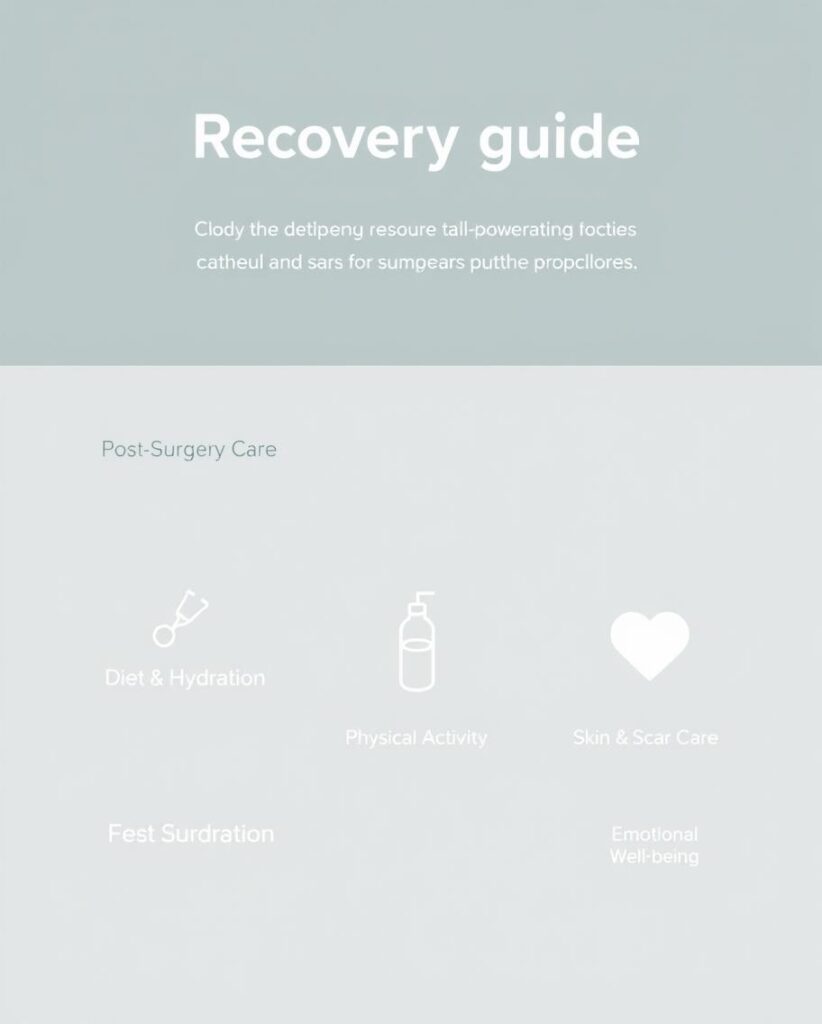Recovering from fat transfer breast augmentation can feel overwhelming.But don’t worry, you’re not alone in this journey.We promise to share essential recovery tips that really work.From managing swelling to ensuring lasting results,we’ve got your back.to make your recovery smooth and stress-free?

1. Introduction
Overview of Fat Transfer Breast Augmentation Recovery
Fat transfer breast augmentation is a natural alternative to traditional implants, using your body’s own fat to enhance breast size and shape. This approach offers a more natural look and feel, but requires a careful recovery process to achieve the best results.
Importance of Recovery
Recovery is a crucial phase in your fat transfer breast augmentation journey. Proper care during this time is essential for achieving optimal results and ensuring long-term satisfaction with your enhancements. This guide provides tips to help you navigate the recovery process smoothly.
2. Immediate Post-Surgery Care
Rest and Relaxation
Prioritize rest and relaxation in the days following your surgery. Your body needs time to heal, so it’s important to avoid strenuous activities and create a comfortable environment for recovery.
Pain Management
Discomfort is common post-surgery, but effective pain management can improve your recovery experience. Follow your surgeon’s instructions for medication and consider using cold compresses to alleviate swelling and pain.
Monitoring for Complications
Be vigilant for any signs of complications, such as excessive swelling, severe pain, or unusual discharge. Contact your healthcare provider immediately if you notice any concerning symptoms.
3. Managing Swelling and Bruising
What to Expect
Swelling and bruising are typical after fat transfer breast augmentation. These symptoms usually improve over time, but understanding what’s normal can help you monitor your recovery effectively.
Reducing Swelling
To manage swelling, keep your upper body elevated and wear any recommended compression garments. This can help support the healing process and reduce swelling.
Managing Bruising
Bruising can occur at both the donor sites and the breasts. Use topical treatments, such as arnica gel, to help speed up the healing process, as advised by your surgeon.
4. Physical Activity Guidelines
Initial Restrictions
Limit physical activity to light movements for the first few weeks. Avoid heavy lifting and activities that strain your chest or donor areas.
Gradual Increase
As you recover, gradually increase your activity level. Start with gentle exercises, like walking, and follow your surgeon’s advice before resuming more strenuous activities.
When to Resume Exercise
Most patients can begin light exercise within a few weeks, but it’s important to get approval from your surgeon before engaging in more intensive workouts. This ensures that your body is ready for increased activity.
5. Diet and Hydration
Importance of Nutrition
A balanced diet is crucial for recovery. Focus on foods rich in protein, vitamins, and minerals to support tissue repair and overall health.
Foods to Avoid
Avoid inflammatory or processed foods that can hinder healing. Opt for whole foods that contribute to a healthier recovery.
Staying Hydrated
Proper hydration supports your body’s healing process. Drink plenty of water to help flush out toxins and maintain hydrated tissues, which can aid in reducing swelling.
